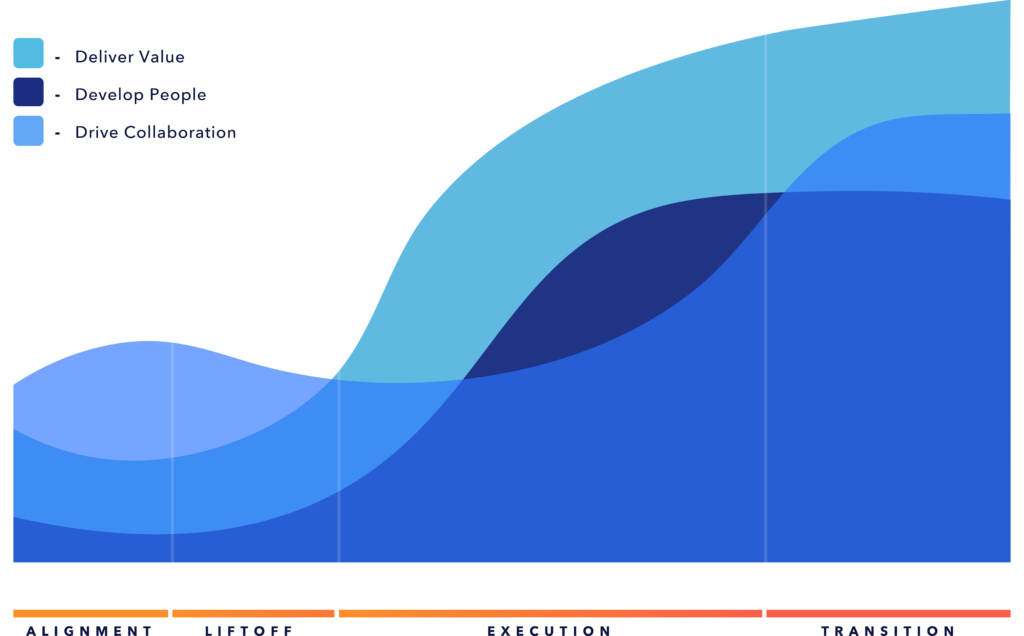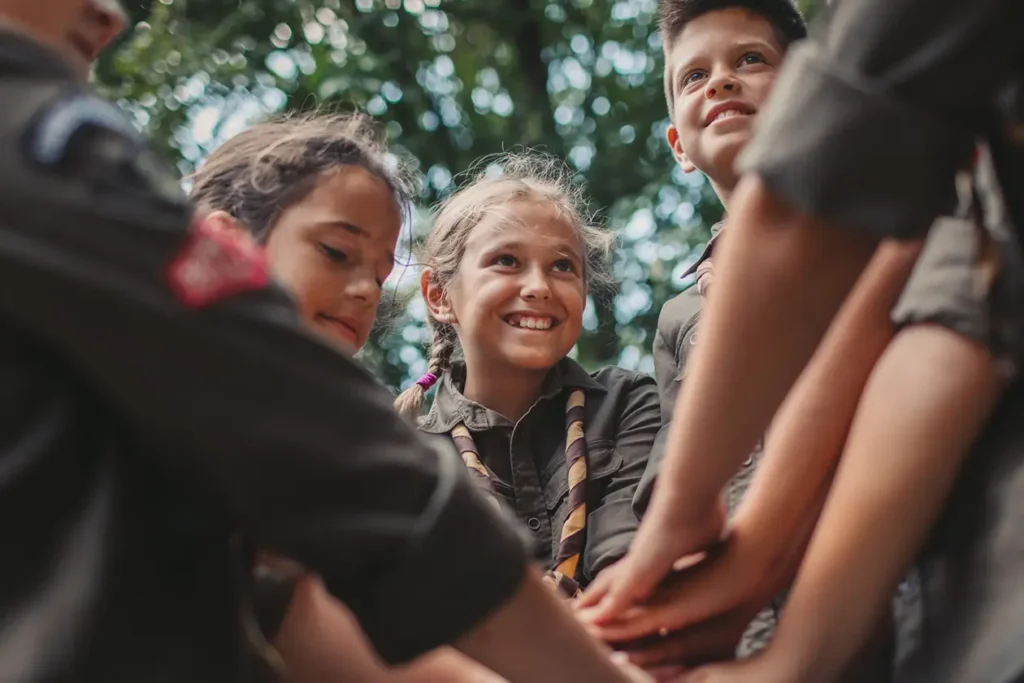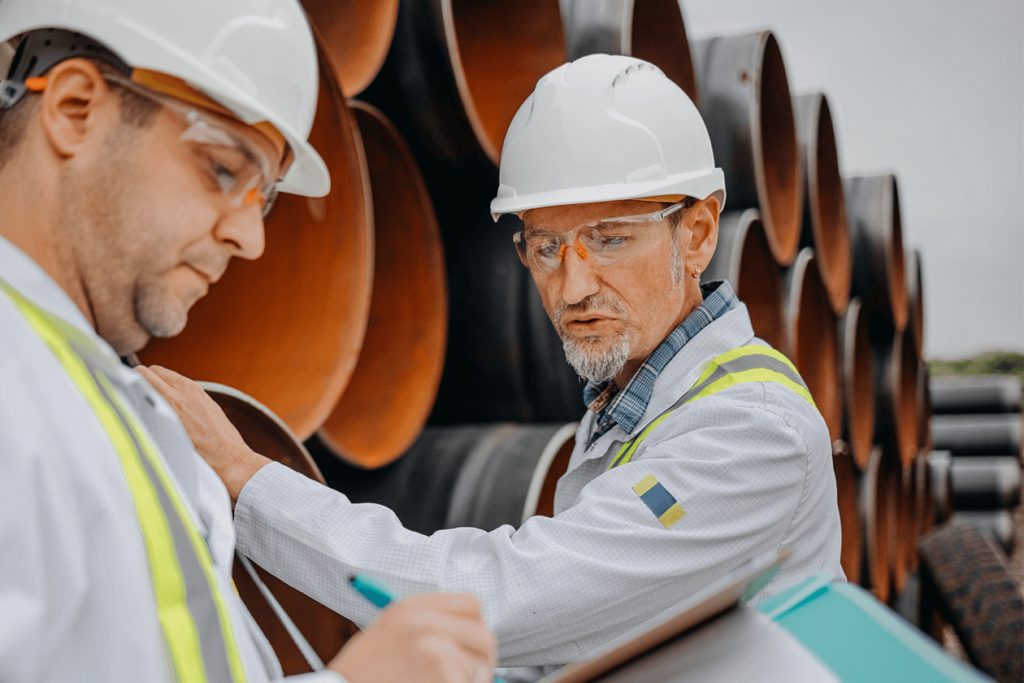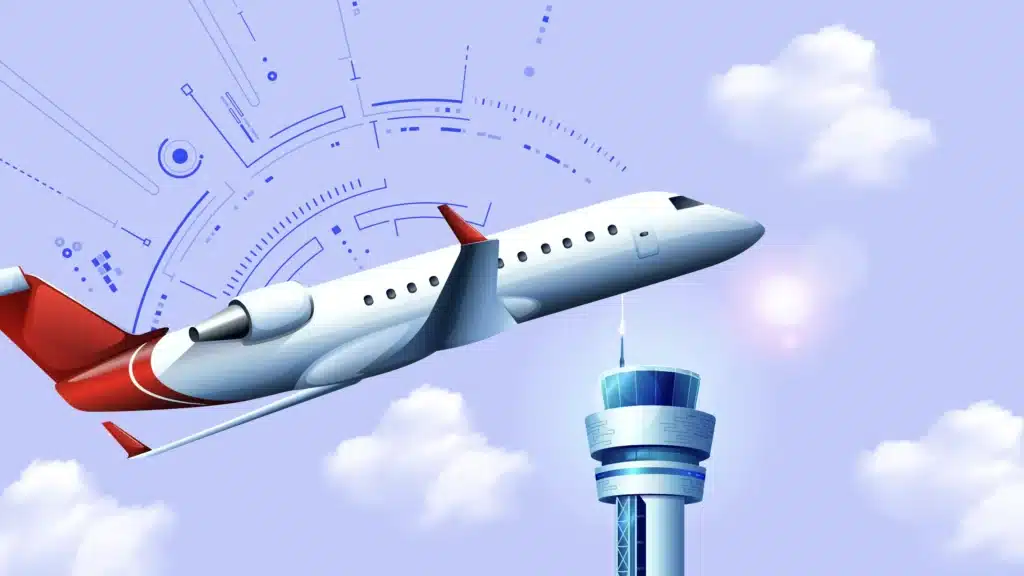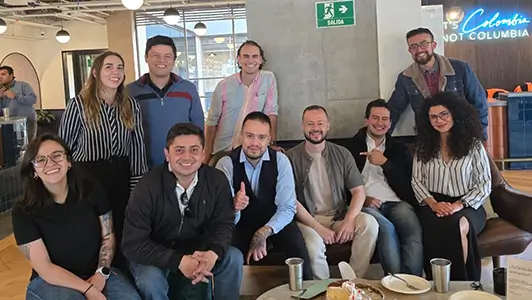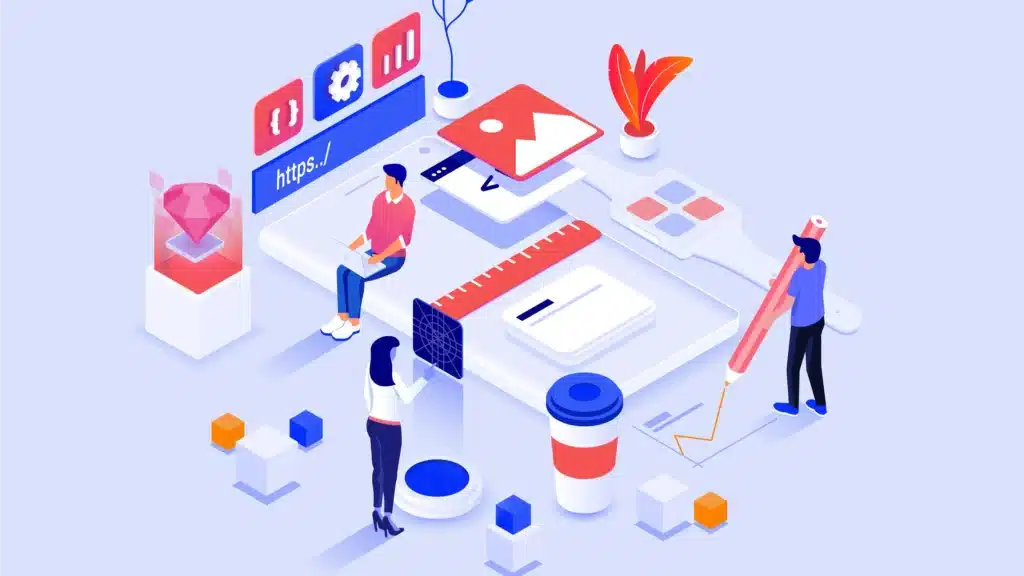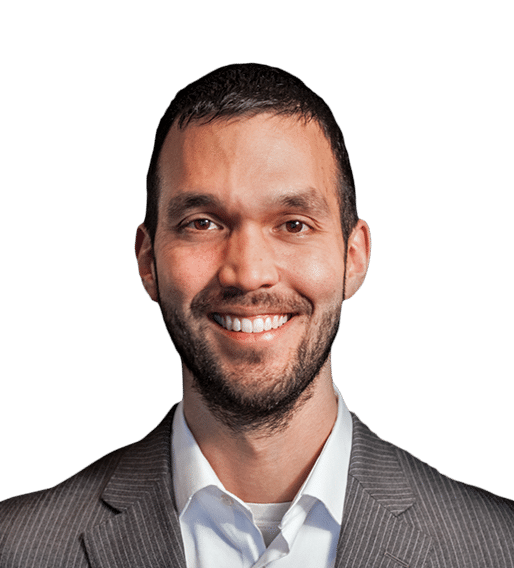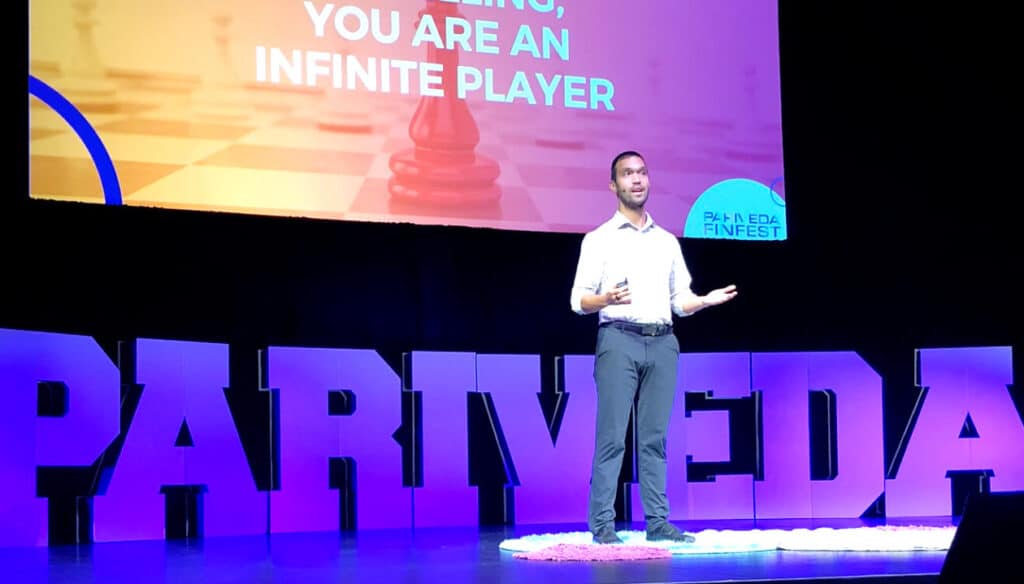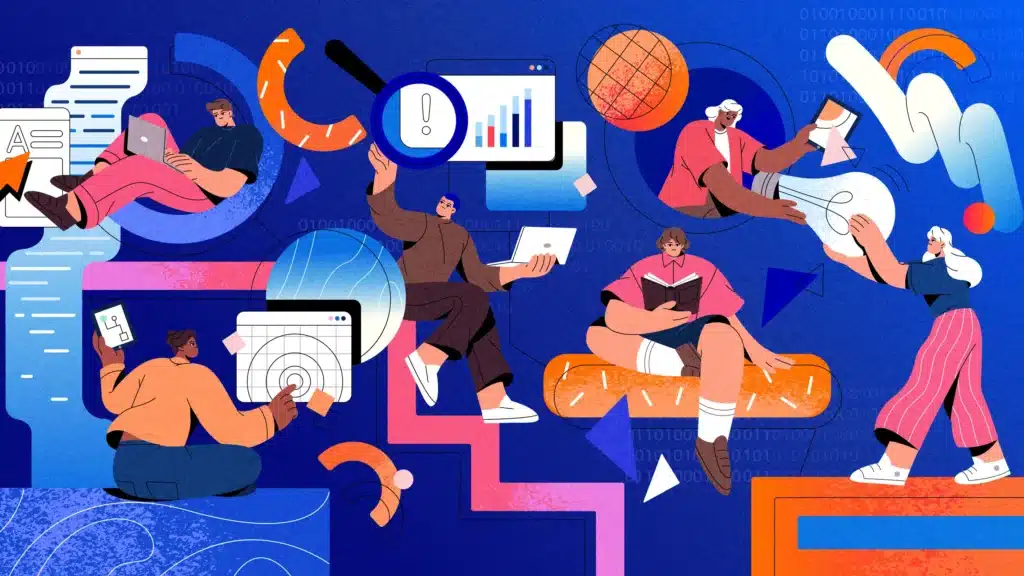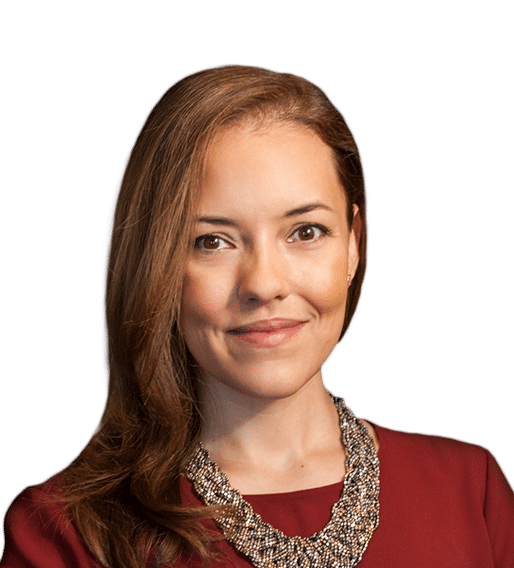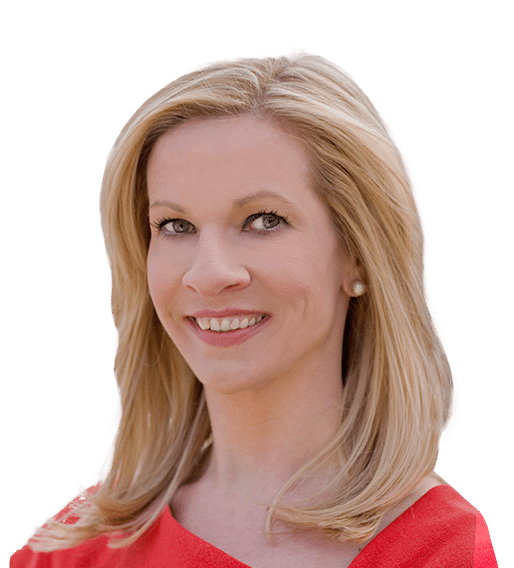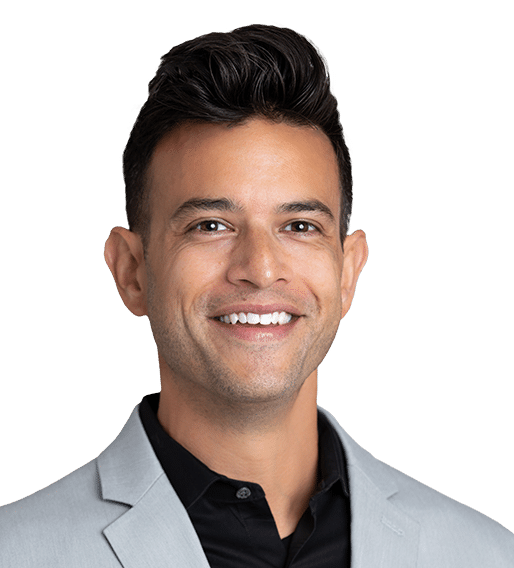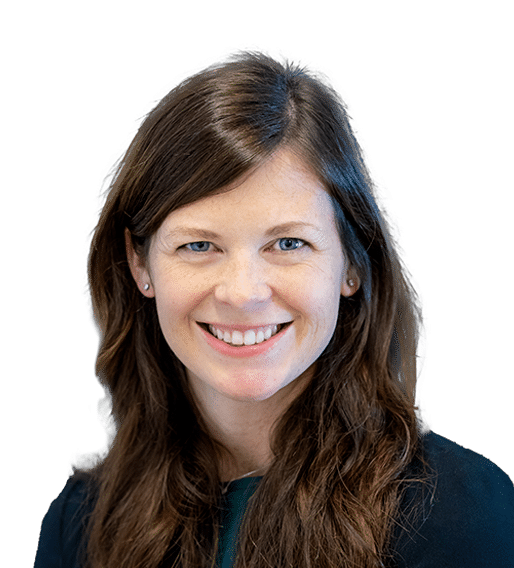My journey with Pariveda began on a trolley in 2005 as part of the first ever college recruiting office visit.
Goal setting and developing yourself
As part of that office visit, I met one of the co-founders, John Humphrey, who looked me in the eye and confidently told me that he believed I had what it takes to make it to Vice President in 10 years. At that moment, that became my primary goal in life.
Fast forward to 2018, and I made it! I became the first college hire promoted to Vice President.
What made this journey possible was the support and investment from Pariveda. The company had faith in me from the beginning, and over the years, they helped me develop to my highest potential, regardless of my background, education, or degree. This is a testament to Pariveda’s commitment to developing their employees, and it’s a philosophy that has helped me grow both personally and professionally.
When we talk about developing ourselves and each other to our highest potential at Pariveda, what does that mean? It’ll look and feel different for each person, but the common thread is that it’s a journey that requires patience, commitment, and a willingness to grow.
Going beyond the promotions
My journey began with an early exposure to technology. As a child, I was introspective and spent most of my time reading books, diving into computers that my dad bought, or exploring systems thinking through a Cisco-certified networking academy class in high school. In college, I pursued an MIS degree, where my interest in technology merged with my interest in business.
However, my career journey was not just about career advancement, but growth. It is essential to frame our time at Pariveda as part of a lifelong journey of growth, not just a career. Clayton M. Christensen once said, “High-achievers focus a great deal on becoming the person they want to be at work—and far too little on the person they want to be at home.” Investing in our lives at home may not bring clear evidence of success for many years, leading us to over-invest in our careers and under-invest in one of the most important parts of our lives.
My growth journey has gone through different phases, from work-life balance to work-life integration to work-life fusion, especially during the pandemic. These changes led me to try and embrace a new mental model that articulates the needs humans must have to achieve their highest potential.
Developing a sense of well-being
To achieve our highest potential, we need to transcend the idea of work-life balance and focus on well-being. Well-being is about doing good, feeling good, and being resilient. I began to deconstruct well-being into parts, using the PERMA-V framework derived from positive psychology, which stands for Positive emotions, Engagement/getting into a flow state, Relationships, Meaning, Achievement/accomplishment, and Vitality. Focusing on these elements has helped me develop my well-being, which is an essential part of achieving my highest potential.
- Achievement was all about setting and accomplishing goals, and I had a long list of smaller goals and accomplishments that led to my promotion to Vice President. However, as I approached the accomplishment of that bigger goal, I was having a crisis of sorts. I realized that I needed to reflect on what the next portion of my life was going to look like. My sister-in-law pointed me towards Flourish, the book that introduced the concept of PERMA-V.
- Vitality was about having enough mental, physical, and emotional energy to show up in all areas of life. But often, achievement resulted in me neglecting my well-being. I invested in personal training, nutrition, supplements, and wearables to level up my vitality.
- Engagement was about finding what I was good at and enjoyed doing. It involved talking to mentors, friends, family, and taking character/personality assessments to figure that out.
- Meaning was about ascribing meaning to the things that I’ve gone through and discovered, which allowed me to look to the future and deliberately plan for things.
- Relationships were a big part of what I found gave me the most fulfillment and meaning. I moved towards serving others more in my life.
- Positive emotions were about cultivating and savoring the positive emotions from all the things I’ve done.
Imposter syndrome, voluntary discomfort, and vulnerability
But my journey wasn’t a step-by-step linear process. I encountered roadblocks, and I had a hypothesis: overcoming fear is the single best predictor of achieving your highest potential and well-being. Fear is an unpleasant feeling triggered by the perception of danger, real or imagined.
Imposter syndrome was a significant source of my fear, and it created an imagined danger that stifled my growth. But overcoming fear requires a mindset and behavioral shift. Instead of waiting for fear to stifle growth, we should be seeking out fear and learning to overcome it through a deliberate practice, which I call voluntary discomfort.
By regularly putting ourselves in uncomfortable situations, we inoculate ourselves against fear. This concept of voluntary discomfort played out in my life through water fasting, cold showers, eye-gazing, physical training, going to therapy, walking slowly in the rain, and attending meditation retreats.
But the most important thing I recommend to cultivate well-being is practicing vulnerability. Vulnerability is a highly underrated leadership skill that can be practiced. It requires courage and can change your life.
My journey to becoming a Vice President has been both rewarding and challenging. However, the support and investment from Pariveda have made all the difference. They have helped me develop my skills, grow my career, and focus on my well-being. I am grateful for the opportunity to work with such a great company and team. I believe that, with hard work, commitment, and patience, anyone can achieve their goals and develop to their highest potential.
